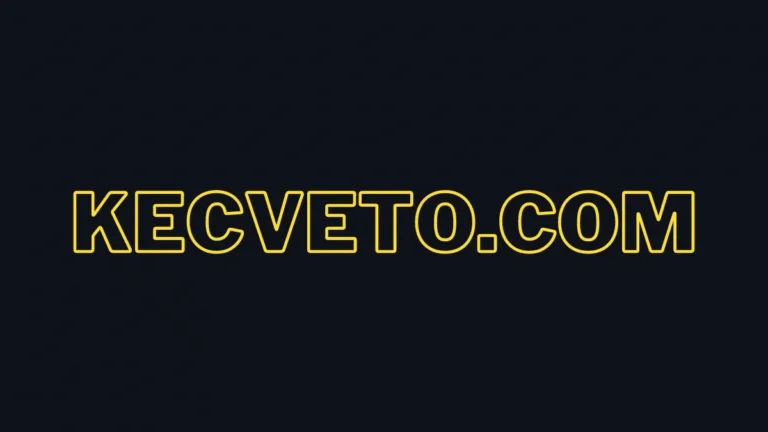Unraveling Chilling Time for Short NYT” in Organizational Structures
Greetings, puzzle enthusiasts! If you’ve ever grappled with The New York Times crossword, you know it’s more than just a game—it’s a journey through cryptic clues that can stump even the most seasoned solvers. One such head-scratcher that has piqued curiosity is the clue “Chilling Time for Short NYT”. Let’s dive into the depths of this puzzle and decode its hidden meaning.
Deciphering the Clue
In the realm of crosswords, clues often conceal meanings beyond their surface words. Chilling Time for Short NYT seems straightforward yet carries layers of complexity. The term “chilling” might evoke relaxation or coldness, while “time” could denote a moment or duration. “Short NYT” hints at an abbreviated form related to The New York Times, renowned for its challenging puzzles. Putting these elements together requires a keen eye for wordplay and lateral thinking.
Exploring Organizational Dynamics
Beyond the crossword grid, this clue mirrors dynamics within organizational structures. In many workplaces, hierarchies and reporting lines can resemble puzzles—complex and sometimes ambiguous. The phrase “reporting to,” central to the clue, underscores the importance of communication and accountability within teams. Understanding who reports to whom is crucial for effective collaboration and decision-making.
Significance in Management
Managers often face puzzles akin to cryptic clues when navigating organizational challenges. Deciphering the right approach to leadership, managing diverse teams, and fostering a productive environment can feel like solving a crossword—requiring strategy, insight, and sometimes a bit of creative thinking. “Chilling time,” interpreted as moments of reflection or strategic pause, can be essential for leaders to navigate complexities and make informed decisions.
Lessons in Problem-Solving
The process of solving cryptic clues teaches valuable lessons in problem-solving. It encourages analytical thinking, perseverance, and the ability to see connections where others might not. Similarly, in business and organizational contexts, these skills are invaluable. Leaders who approach challenges with a puzzle-solving mindset often find innovative solutions and foster environments where teams thrive.
Conclusion
In conclusion, “Chilling Time for Short NYT” extends beyond a crossword clue—it’s a metaphor for navigating complexities within organizational structures. By deciphering such puzzles, both in crosswords and in real-world scenarios, we sharpen our cognitive abilities and deepen our understanding of effective management and leadership. So, the next time you encounter a cryptic clue, remember the lessons it offers in unraveling mysteries, both on paper and in the workplace.





